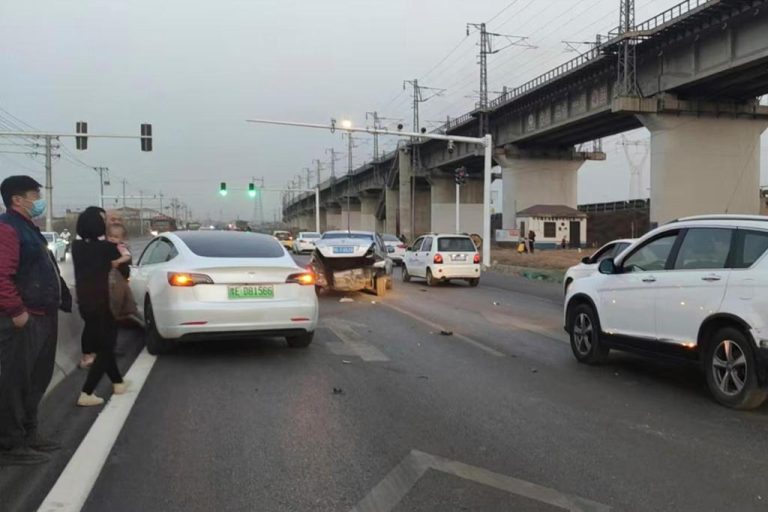Candidates seeking to represent south central San Diego on the City Council have starkly different views on a proposed stormwater tax, solving homelessness, eviction rules and the local viability of mass transit.
Speaking at a candidate forum this week, challengers to incumbent Councilmember Sean Elo-Rivera criticized his support for placing a stormwater tax on the November ballot to pay for flood prevention efforts.
“We can’t in good conscience ask the taxpayers for more money when we mishandle the money we already receive,” challenger Fernando Garcia said.
Challenger Terry Hoskins said the council can’t consider a tax when it chose to move millions in infrastructure money generated by the city’s Proposition H to other priorities during the pandemic.
“We don’t need an infrastructure tax, we need accountability,” Hoskins said.
Elo-Rivera, seeking a second four-year term in District 9, said San Diego needs more revenue to address a wide range of urgent city needs, including flood prevention and water quality efforts.
He said Los Angeles generates revenue from taxes and other sources that is 66 percent higher per resident than what San Diego generates. “The city needs dedicated revenue for infrastructure and stormwater,” he said.
The candidates also clashed on homelessness, with Garcia criticizing the city’s “housing-first” strategy and Hoskins saying the city’s controversial encampment ban doesn’t crack down aggressively enough.
Hoskins said some homeless people simply don’t want to leave the streets, contending the city needs to force them to. Garcia said people with serious mental illness and drug addictions aren’t capable of living independently in apartments, arguing that shelters make more sense as a first step.
Elo-Rivera said his challengers were supporting bad policies based on bogus stereotypes. He said most homeless people are senior citizens or families with money problems. A growing share of San Diego’s homeless population is older — last year’s annual count found that 29 percent were 55 or older.
1,500 unsheltered people age 55 or older, accounting for 29 percent of the region’s homeless population. That was an increase from the 2022 count, which found there were 1,027 seniors living outdoors, representing 25 percent of the unsheltered population.”
He said the city must provide every homeless person the support they need to get off the streets.
The candidates also sparred over city legislation that makes it harder for landlords to evict tenants. Among other things, that new law, which Elo-Rivera proposed, requires landlords to give tenants two months’ rent if they evict them for no reason.
Elo-Rivera said the goal was helping tenants who pay their rent and abide by the rules avoid getting evicted by landlords who want to sharply raise rents to levels that existing tenants can’t afford.
“These people shouldn’t have to live in fear of an eviction,” Elo-Rivera said.
Hoskins said the city law is slanted toward tenants and should be more balanced.
“Most of our mom-and-pops that own small apartments can’t make it under these rules,” he said.
Garcia said allowing landlords more discretion to decide how long they rent to individual tenants will increase the likelihood that scarce apartments go to the best tenants.
“Bad tenants take away housing from good tenants,” he said.
Mass transit was another hot topic.
Hoskins scoffed at the idea espoused by Elo-Rivera and his council colleagues that it’s OK to allow high-rise housing with limited new infrastructure if the development is within a mile of mass transit.
“No one is going to walk a mile to a bus stop,” said Hoskins, referring to a council vote last year that loosened the requirement for high-rise housing incentives to projects located within 1 mile of transit instead of the previous half-mile distance.
Garcia said the city’s ideas could work, but that walking needs to be replaced by self-driving cars as the method for getting people from new housing to transit.
Elo-Rivera said people will walk a mile to transit if they must. He said it’s fair to say that locating housing within half a mile is preferable, but allowing it within 1 mile is still viable.
“It’s not a fantasy to think we can connect folks to transit even if they are outside that half-mile,” he said.
The candidates also debated a recent council decision to loosen rules that allow developers to build market-rate housing with more units than a site’s zoning would otherwise allow as long as they also build some rent-restricted units.
The council recently agreed to begin allowing the rent-restricted units to be built in a different location, despite concerns that doing so would concentrate poverty.
Hoskins and Garcia said the policy would lead to segregation by allowing developers to build the market-rate units in wealthy areas and the rent-restricted units in low-income areas.
Elo-Rivera said he would strongly prefer the rent-restricted units be built at the same location, but contended the city’s dire need for housing made loosening the rules a smart move.
“By allowing off-site in certain situations, we can get more affordable homes built quicker,” he said.
District 9 includes Kensington, Talmadge, Rolando, the College Area and some nearby neighborhoods. Elo-Rivera and Hoskins are Democrats, while Garcia is an independent.
The forum was held Wednesday night at the Salvation Army Kroc Center. It was co-sponsored by the League of Women Voters, a good government group, and Neighbors for a Better San Diego, which fights dense housing projects.





